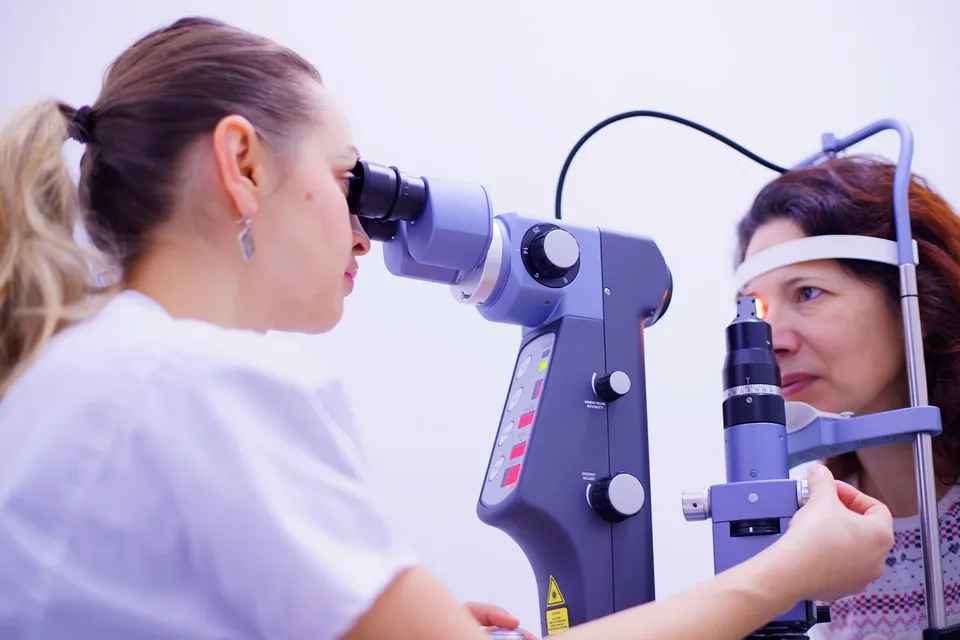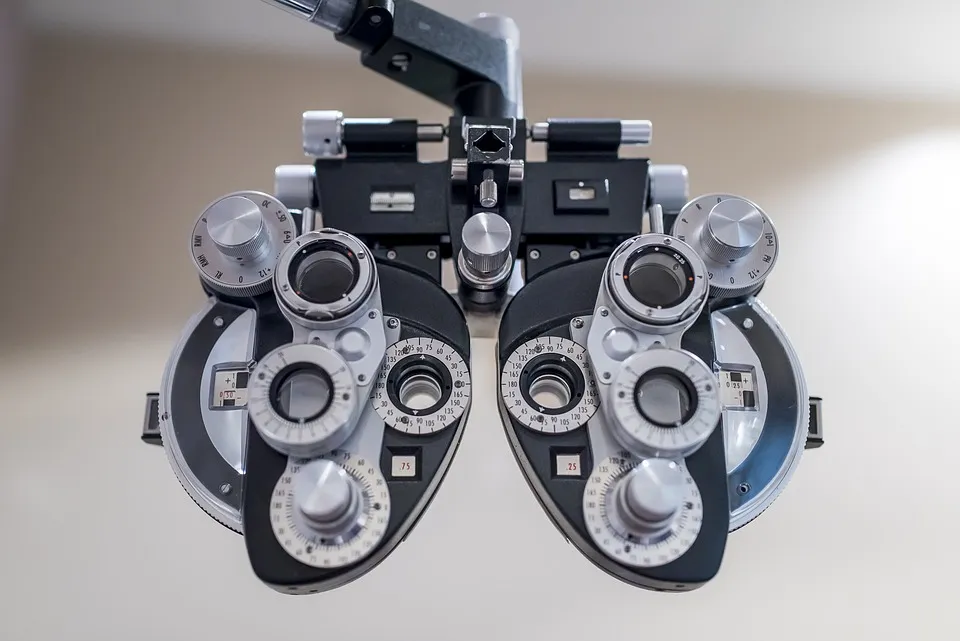Greetings to all and sundry,
It is another beautiful day today and a wonderful opportunity to come your way once again with another one of our lessons on ocular health as we always do. If you are a regular on my blog you know that we are all about health advocacy and today is no different.

Before i move on to what we have for today though, i would like to know if you are doing great, it is the festive season and so we all ought to be healthy and enjoy the goodness that comes with it. Let's do well to celebrate in moderation though.
Introduction
We are all aware of the term vision or what is generally known as sight, when you are able to look at someone and see them or look at an object and see them it is considered sight. When this is unclear most people would say they have bad vision, but did you know that vision is not just as we say it to be?

There are so many aspects of vision that can be looked at and worked on individually by your healthcare provider which could make your life more comfortable and easier for you, some of these things could make all the difference for the difference you feel in your vision however your not understanding and description at the clinic could make things a bit difficult to identify for evaluation.
This is why I want us to take a look at some of the basic aspects of vision and how they are assessed at the hospital or clinic.
Visual Acuity
Visual Acuity or VA as is popularly known among health workers focuses on the part of the retina known as the macular which comes to play when one is looking directly at an object. It is one of the most common tests done in all eyecare facilities and involves the patient reading from a chart placed on the wall or on a screen at a specified distance.

When your visual acuity is not at the optimal level you may be suffering from any of the refractive error conditions provided your media is clear. This may warrant the recommendation of prescriptive lenses based on your error power to help you see clearer at far or near or both.
Contrast Sensitivity
This aspect of vision focuses on how well you are able to discern an object when it is not in sharp focus or illumination is not high. Contrast sensitivity matters a lot as it makes vision crispier and more enjoyable. In the case of drivers, it comes to play when one has to drive in a foggy situation or rainy situation.

Having high contrast sensitivity will boost your vision as well as your confidence in your vision, especially as a driver. Contrast sensitivity may be diminished in the case of cataract development as well as conditions that affect the media clarity but don't block light completely from getting to the retina.
Color Vision
Just as the name suggests, color vision focuses on our ability to discern colors when we see them. Statistically speaking lots of guys are thought of to be color deficient and this is because of the genetic variations with which the condition is passed down from generation to generation.

Color deficiency may be mild, moderate or severe and depending on the intensity once vision may be impact accordingly. Individuals with severe cases of color deficiency like in the monochromes may not be able to drive as signs and signals involving different colors may not be interpreted right which could cause harm to pedestrians as well as on coming traffic.
Vernier Acuity
The last one i want to talk about today is vernier acuity, this is a very special aspect of vision and one that none of us may have really considered or thought about. Have you asked yourself how come you are able to appreciate things been in a straight line or been able to tell with your eyes that an arrangement is not done right?

That is vernier acuity in plan, when you getting things in line and doing arrangement just by looking without the help of any instrument and you are able to do it perfectly, that is vernier acuity for you. When this is impeded you may have issues with your balance also and a lot of times these issues stems from the midbrain. Your Optometrist may refer you to a neurologist or neurosurgeon for further care and examination.
Conclusion
There are other aspects of vision that we would look at in the future, this is definitely not an exhaustive list, however i do hope that through this you have been able to learn a thing or two and that it would help you look at the term vision with a whole new perspective.

Our vision is precious and one that we should cherish by taking good care of it, having regular eye checks, avoiding the use of unsanctioned drugs from your Optometrist, and reporting any issues as soon as they arise. Thank you for today and for reading and I wish you a great time.
Further Reading
Leat, S. J., Yakobchuk-Stanger, C., & Irving, E. L. (2020). Differential visual acuity - A new approach to measuring visual acuity. Journal of optometry, 13(1), 41–49. https://doi.org/10.1016/j.optom.2019.04.002.
Zimmerman, A. B., Lust, K. L., & Bullimore, M. A. (2011). Visual acuity and contrast sensitivity testing for sports vision. Eye & contact lens, 37(3), 153–159. https://doi.org/10.1097/ICL.0b013e31820d12f4
Hu, M. L., Ayton, L. N., & Jolly, J. K. (2021). The Clinical Use of Vernier Acuity: Resolution of the Visual Cortex Is More Than Meets the Eye. Frontiers in neuroscience, 15, 714843. https://doi.org/10.3389/fnins.2021.714843
Buck, S., Baraas, R., Lee, B., Lindsey, D., Webster, M., & Werner, J. S. (2012). Color vision: introduction. Journal of the Optical Society of America. A, Optics, image science, and vision, 29(2), CV1. https://doi.org/10.1364/JOSAA.29.000CV1